
|
|
Font Size:
|
||||
|
|
|
|
||||
STATISTICAL BRIEF #188:
Screening Colonoscopy among U.S. Noninstitutionalized Adult Population Age 50 and Older, 2005
Highlights
- Half of the U.S. civilian noninstitutionalized population age 50 and older reported that they have never had a screening colonoscopy.
- Two-thirds of Hispanic adults age 50 and older reported that they have never had a screening colonoscopy.
- More than three-fourths of uninsured adults between the ages of 50 and 64 reported that they have never had a screening colonoscopy.
- About 60 percent of never married adults reported that they have never had a screening colonoscopy.
- More than half of those with less than a high school education reported they have never had a screening colonoscopy.
Introduction
Colorectal cancer is the second leading cause of cancer deaths in the United States. Colonoscopy is best known for its use as a screening tool for the early detection of colorectal cancer. It is one of many options available for screening colorectal cancer. The U.S. Preventive Services Task Force (USPSTF) strongly recommends that clinicians screen men and women 50 years of age or older for colorectal cancer.
This Statistical Brief estimates the screening colonoscopy among the U.S. civilian noninstitutionalized population age 50 and older. All estimates are derived from the Household Component of the Medical Expenditure Panel Survey (MEPS-HC) questionnaire. All differences discussed in the text are statistically significant at the 0.05 level or better.
Findings
In 2005, 44 million, or about half (50.1 percent), of the U.S. civilian noninstitutionalized population age 50 and older reported that they have never had a screening colonoscopy (figure 1).
Age
Age was found to be strongly related to getting a screening colonoscopy. A higher percentage of those in the younger age group (50-64) reported that they never had the screening colonoscopy, compared with those ages 65 and older (57.5 percent versus 39.4 percent).
Sex
Among those 65 and older, more females reported that they never had a screening colonoscopy as compared with males (41.6 percent versus 36.4 percent) (data not shown in figures).
Race/ethnicity
A higher percentage of Hispanic adults age 50 and older reported that they have never had a screening colonoscopy as compared with white non-Hispanic, or black non-Hispanic adults (66.9 percent versus 47.1 percent and 55.8 percent) (figure 2).
Educational level
Adults age 50 and older with less than a high school education were more likely to have never had a screening colonoscopy as compared with those who had either completed high school or had at least some college education (57.6 percent versus 52.0 percent and 45.6 percent respectively) (figure 3).
Marital status
Single (never married) adults age 50 and older were more likely to have never received a screening colonoscopy as compared with those who were married or no-longer married adults (61.5 percent versus 48.2 percent or 51.8 percent) (figure 4).
Insurance status
Among adults ages 50-64 who were uninsured had the highest rate of not ever receiving a screening colonoscopy as compared with those in the same age group who had either private or public only insurance (77.1 versus 54.1 percent and 60.6 percent) (figure 5).
Among those ages 65 and older, and those who had Medicare plus some other public insurance, about half have never had a screening colonoscopy. This percentage was much higher than those who were 65 and older and had Medicare only or Medicare plus some private insurance (50.7 percent versus 44.5 percent and 34.6 percent).
Data Source
The estimates in this Statistical Brief were derived from the MEPS 2005 Full Year Population Characteristics data file (HC-090).
Definitions
The question on having had a screening colonoscopy was asked in the Preventive Care section of the MEPS-HC questionnaire.
Racial and ethnic classifications
Classification by race and ethnicity was based on information reported for each family member. Respondents were asked if each family member was Hispanic or Latino. Respondents were also asked which race or races best described each family member. Race categories included white, black/African American, American Indian or Alaska Native, Asian, Native Hawaiian or other Pacific Islander, and other. Based on these questions, sample persons were classified into the following race/ethnicity categories: Hispanic, white non-Hispanic single race, black non-Hispanic single race, Asian non-Hispanic single race, and other (Hawaiian/Pacific Islander non-Hispanic, American Indian/Alaska Native non-Hispanic, and multiple races non-Hispanic).
Educational level
Respondents were asked to report the highest grade or schooling year ever completed by each family member as of the date of the interview: not a high school graduate (grade less than 12), high school graduate/GED/other (grade 12 equivalent), and at least some college.
Health insurance status
Individuals under age 65 were classified into the following three insurance categories based on household responses to the health insurance status questions:
- Any private health insurance: Individuals who, at any time during the year, had insurance that provided coverage for hospital and physician care (other than Medicare, Medicaid, or other public hospital/physician coverage) were classified as having private insurance. Coverage by TRICARE (Armed Forces-related coverage) was also included as private health insurance. Insurance that provided coverage for a single service only, such as dental or vision coverage, was not included.
- Public coverage only: Individuals were considered to have public coverage only if they met both of the following criteria: 1) they were not covered by private insurance at any time during the year, and 2) they were covered by one of the following public programs at some point during the year: Medicare, Medicaid, or other public hospital/physician coverage.
- Uninsured: The uninsured were defined as people not covered by private hospital/physician insurance, Medicare, TRICARE, Medicaid, or other public hospital/physician programs at any time during the entire year or their period of eligibility for the survey.
- Medicare only: Individuals who, at any time during the year, were covered by Medicare only.
- Medicare plus private: Individuals who at any time during the year, were covered by a combination of Medicare, TRICARE or private insurance.
- Medicare plus other public coverage: Individuals who, at any time during the year, were covered by Medicare and some other type of public insurance, but had no private coverage.
The category "No Longer Married" includes individuals who are widowed, divorced or separated.
About MEPS-HC
MEPS-HC is a nationally representative longitudinal survey that collects detailed information on health care utilization and expenditures, health insurance, and health status, as well as a wide variety of social, demographic, and economic characteristics for the civilian noninstitutionalized population. It is cosponsored by the Agency for Healthcare Research and Quality and the National Center for Health Statistics.
For more information about MEPS, call the MEPS information coordinator at AHRQ (301-427-1406) or visit the MEPS Web site at http://www.meps.ahrq.gov/.
References
For a detailed description of the MEPS survey design, sample design, and methods used to minimize sources of nonsampling errors, see the following publications:
Cohen, J. Design and Methods of the Medical Expenditure Panel Survey Household Component. MEPS Methodology Report No. 1. AHCPR Pub. No. 97-0026. Rockville, Md.: Agency for Health Care Policy and Research, 1997.
Cohen, S. Sample Design of the 1996 Medical Expenditure Panel Survey Household Component. MEPS Methodology Report No. 2. AHCPR Pub. No. 97-0027. Rockville, Md.: Agency for Health Care Policy and Research, 1997.
Cohen, S. Design Strategies and Innovations in the Medical Expenditure Panel Survey. Medical Care, July 2003: 41(7) Supplement: III-5-III-12.
For information on colorectal cancer and screening colonoscopy and treatment, see the following:
Nation Digestive Diseases Information Clearinghouse (NDDIC): Colonoscopy, http://digestive.niddk.nih.gov/ddiseases/pubs/colonoscopy/
Fact Sheet: Colorectal Cancer Screening, March 2003: http://www.cdc.gov/od/oc/media/pressrel/fs030314.htm
Colonoscopy Screening, August 2006: http://www.emedicine.com/med/topic2966.htm
Screening for Colorectal Cancer - Recommendations, July 2002 http://www.ahrq.gov/clinic/uspstf/uspscolo.htm#summary
Suggested Citation
Soni, A. Screening Colonoscopy Among U.S. Noninstitutionalized Adult Population Age 50 and Older, 2005. Statistical Brief #188. November 2007. Agency for Healthcare Research and Quality, Rockville, MD. http://www.meps.ahrq.gov/mepsweb/data_files/publications/st188/stat188.shtml
AHRQ welcomes questions and comments from readers of this publication who are interested in obtaining more information about access, cost, use, financing, and quality of health care in the United States. We also invite you to tell us how you are using this Statistical Brief and other MEPS data and tools and to share suggestions on how MEPS products might be enhanced to further meet your needs. Please e-mail us at mepsprojectdirector@ahrq.hhs.gov or send a letter to the address below:
Steven B. Cohen, PhD, Director
Center for Financing, Access, and Cost Trends
Agency for Healthcare Research and Quality
540 Gaither Road
Rockville, MD 20850
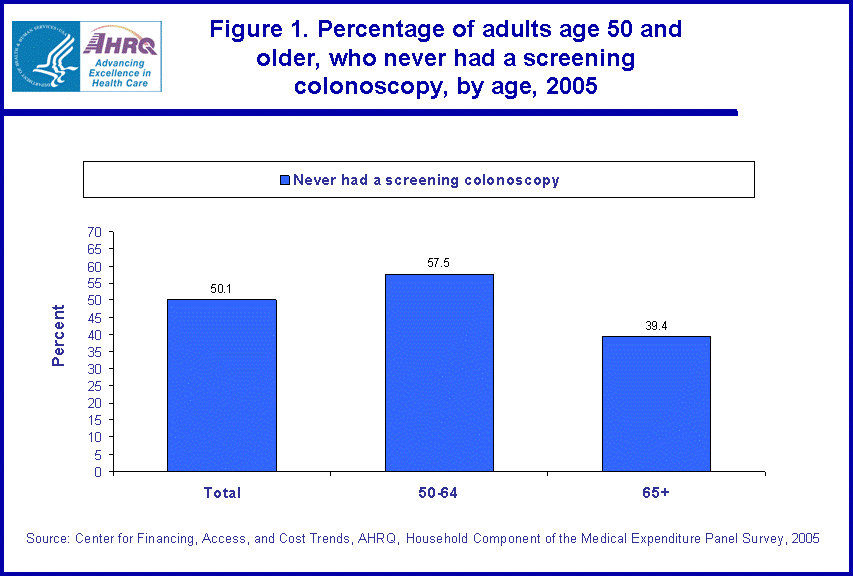 |
||||||||||||||||||||||||||||||||
|
||||||||||||||||||||||||||||||||
|
|
||||||||||||||||||||||||||||||||
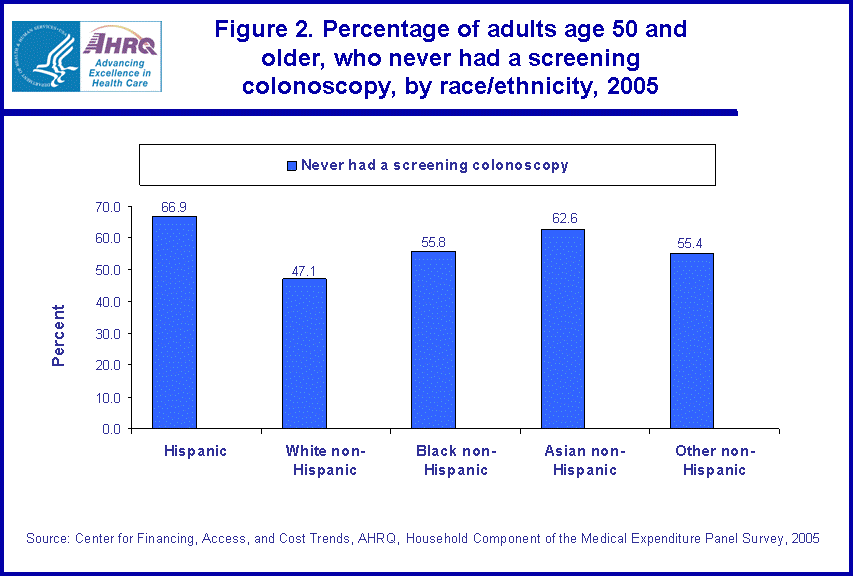 |
||||||||||||||||||||||||||||||||
|
||||||||||||||||||||||||||||||||
|
|
||||||||||||||||||||||||||||||||
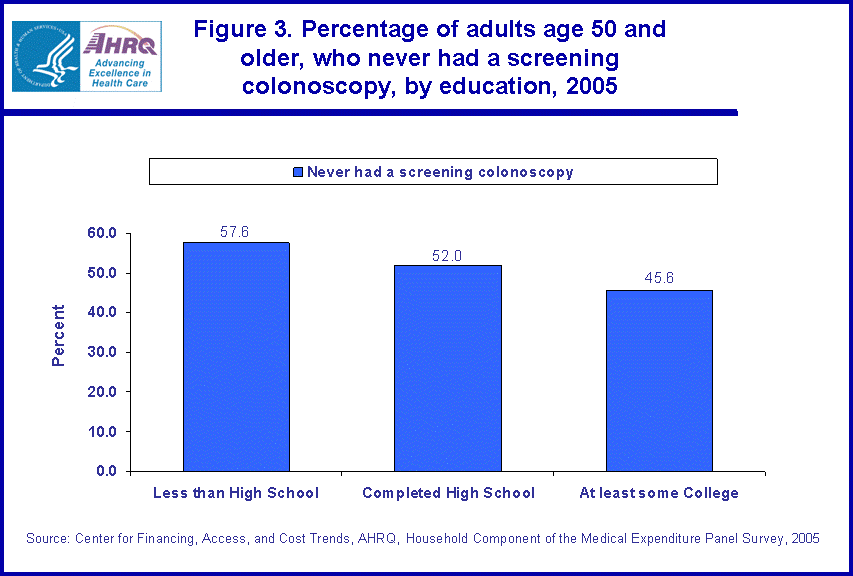 |
||||||||||||||||||||||||||||||||
|
||||||||||||||||||||||||||||||||
|
|
||||||||||||||||||||||||||||||||
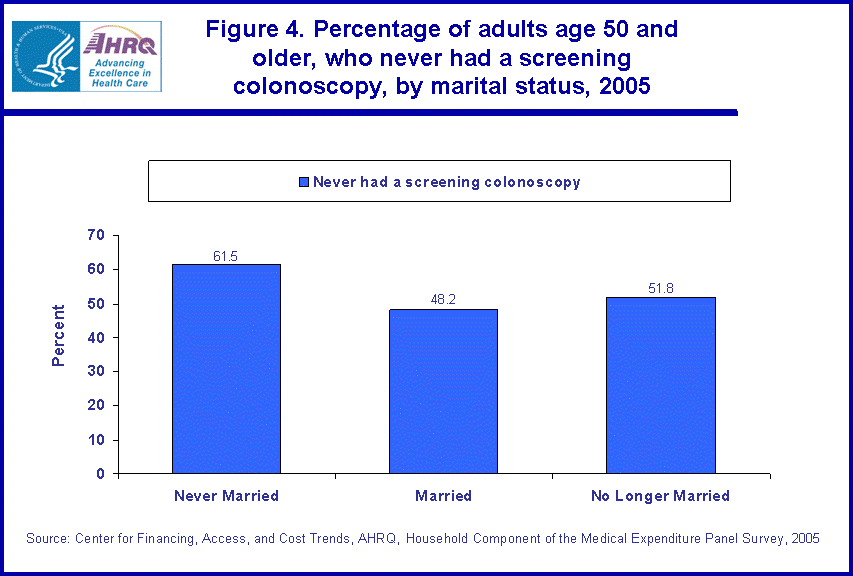 |
||||||||||||||||||||||||||||||||
|
||||||||||||||||||||||||||||||||
|
|
||||||||||||||||||||||||||||||||
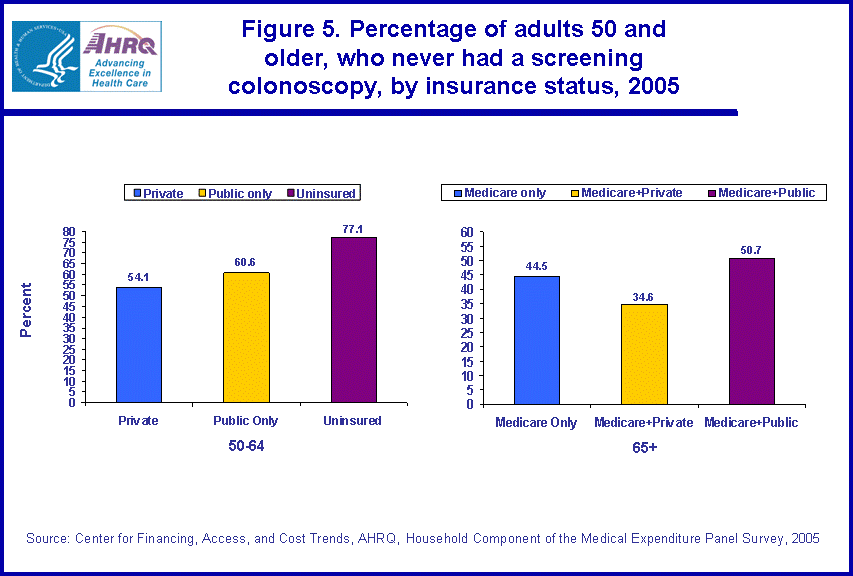 |
||||||||||||||||||||||||||||||||
|
||||||||||||||||||||||||||||||||
|
|
||||||||||||||||||||||||||||||||


